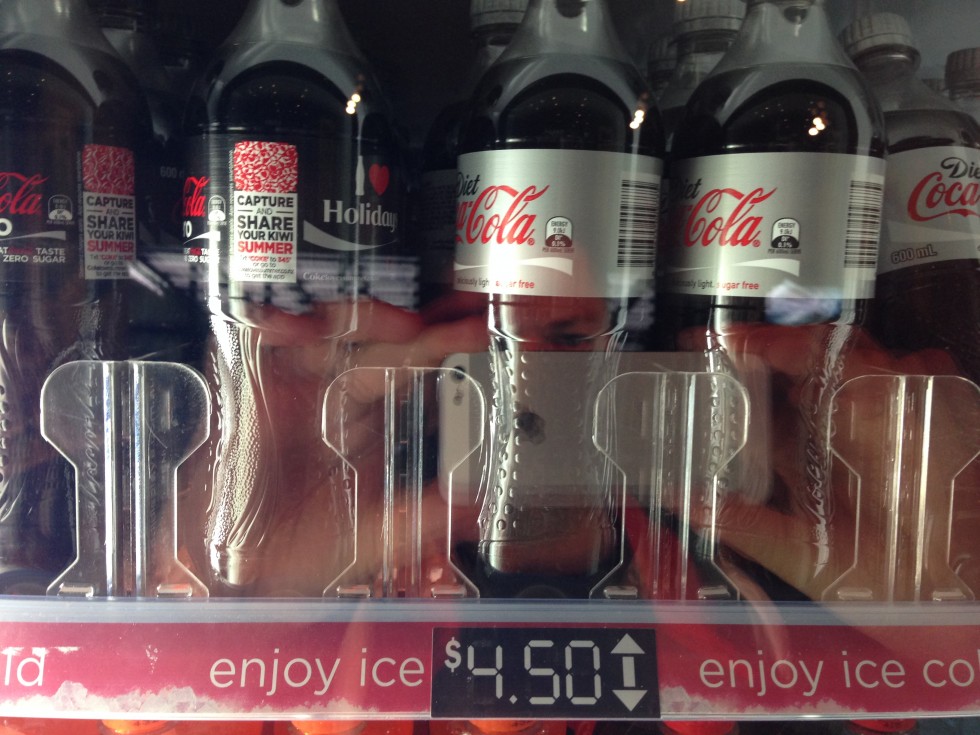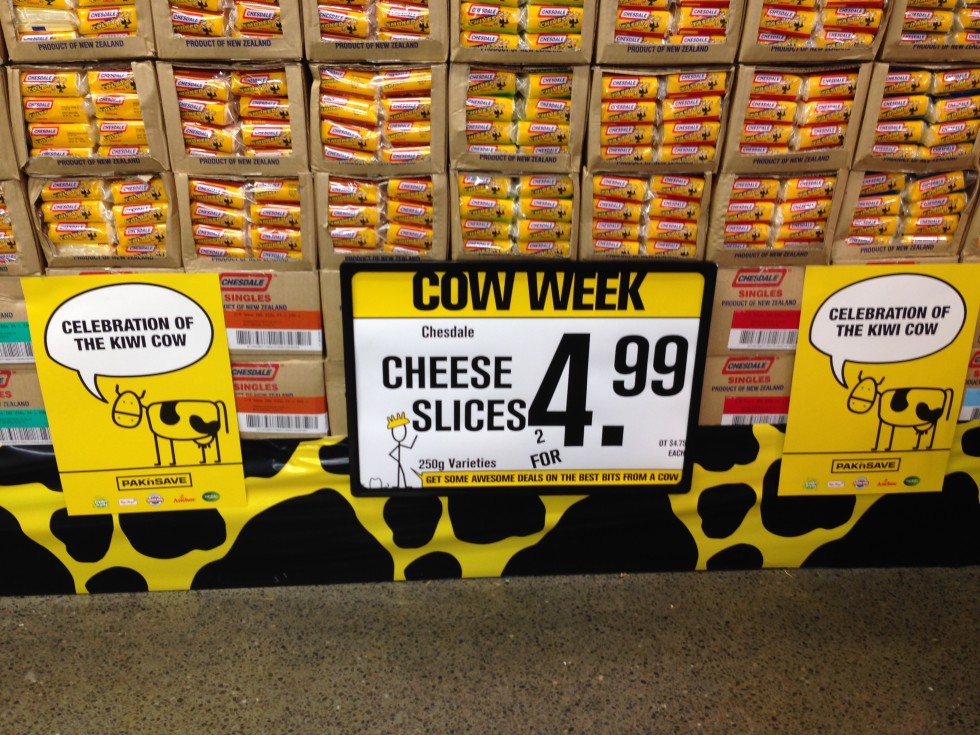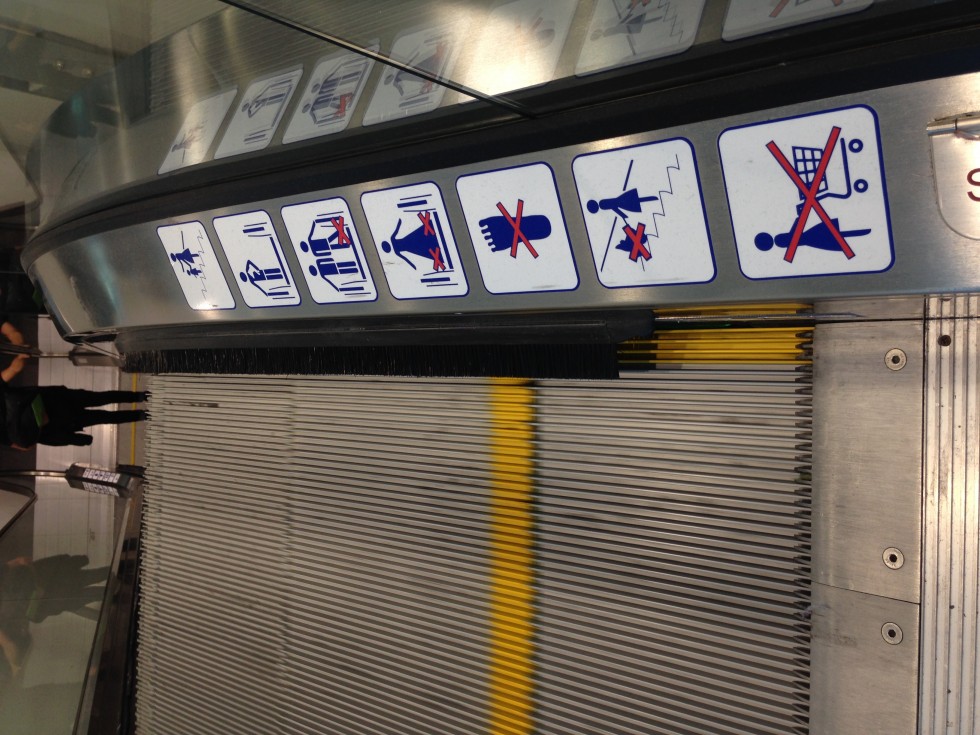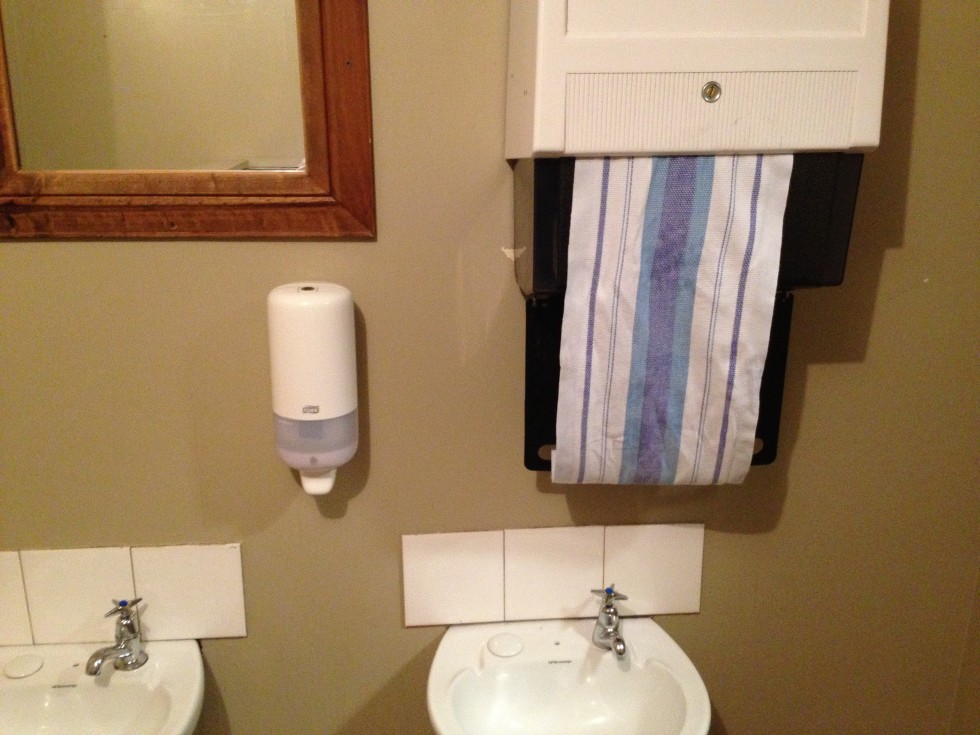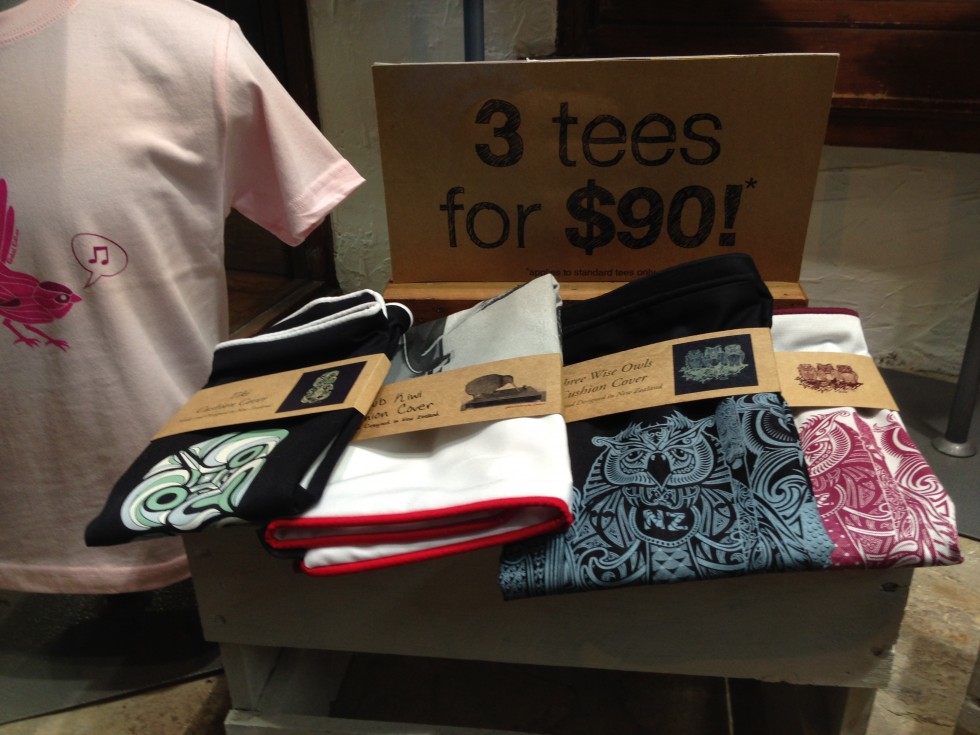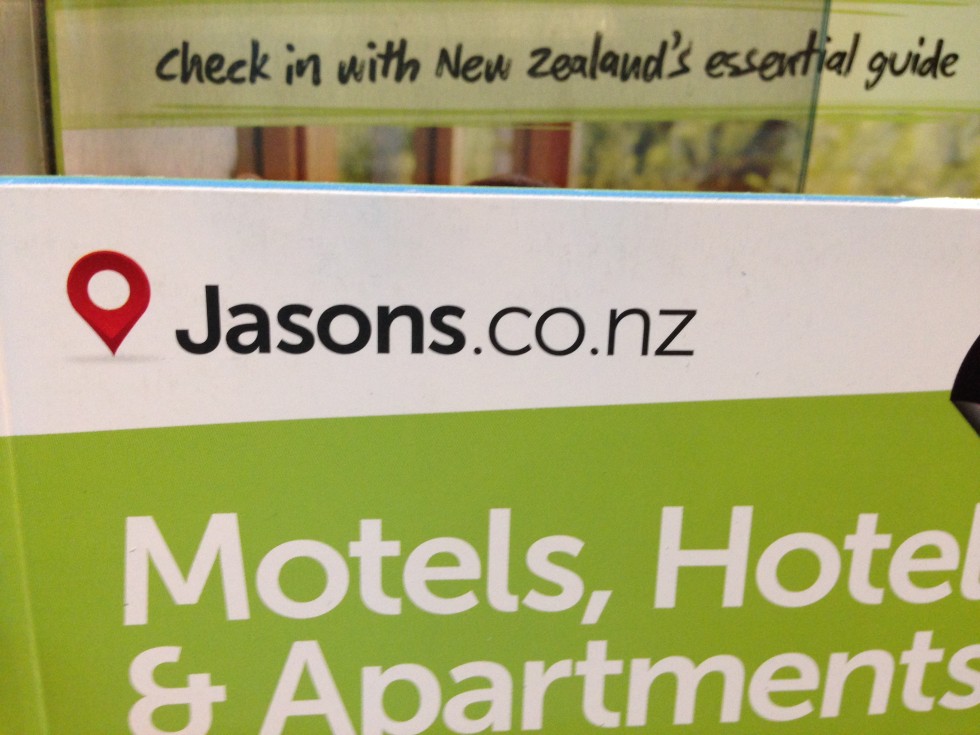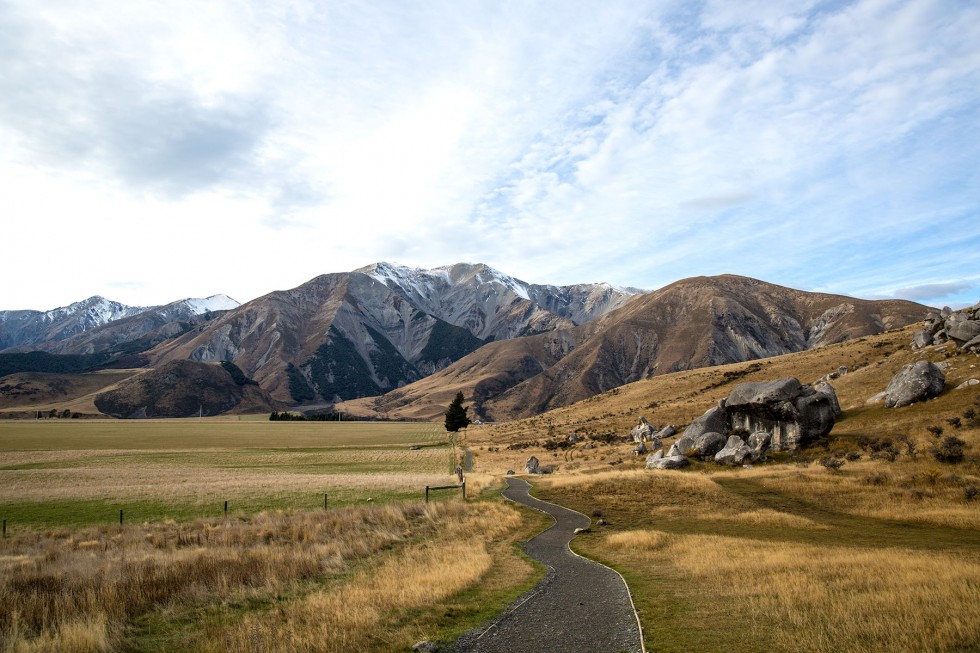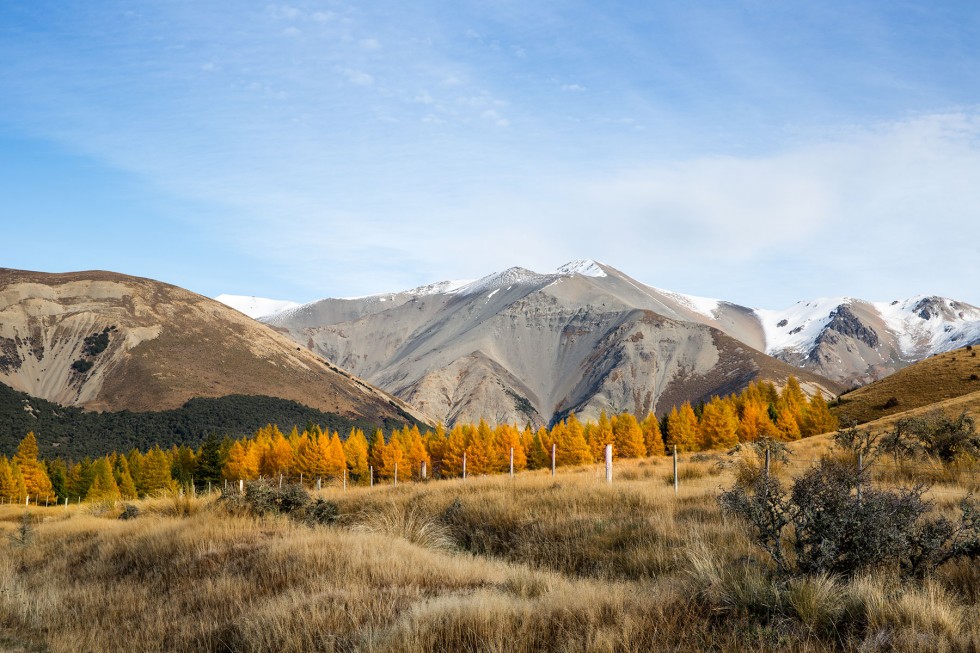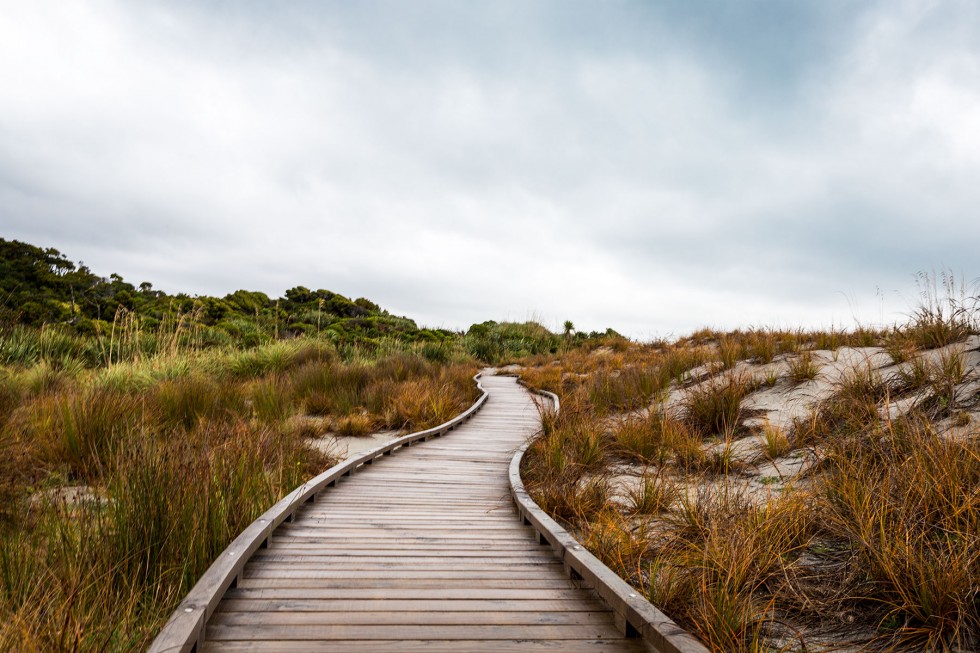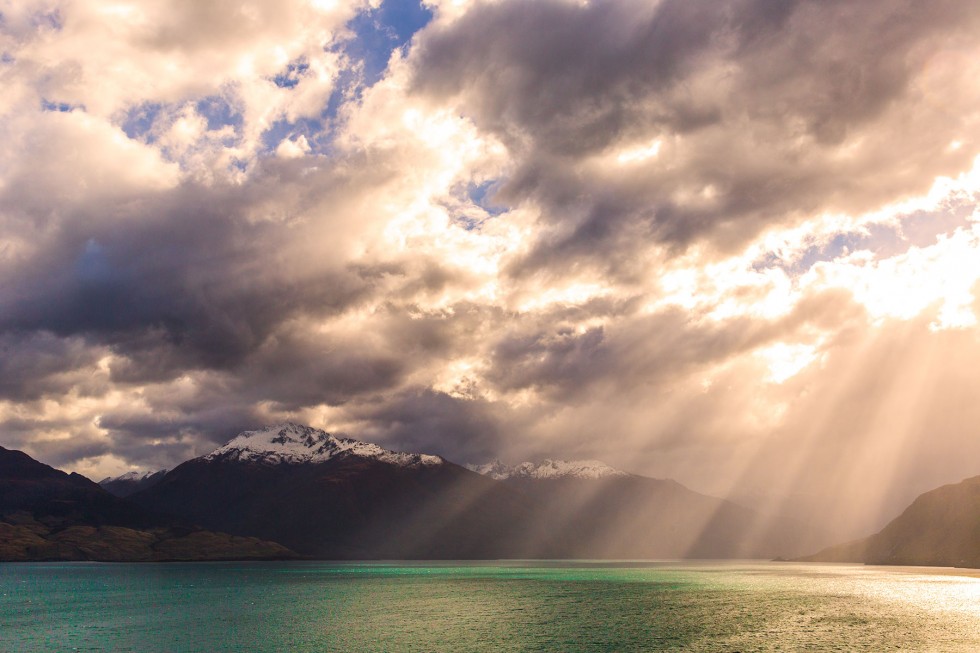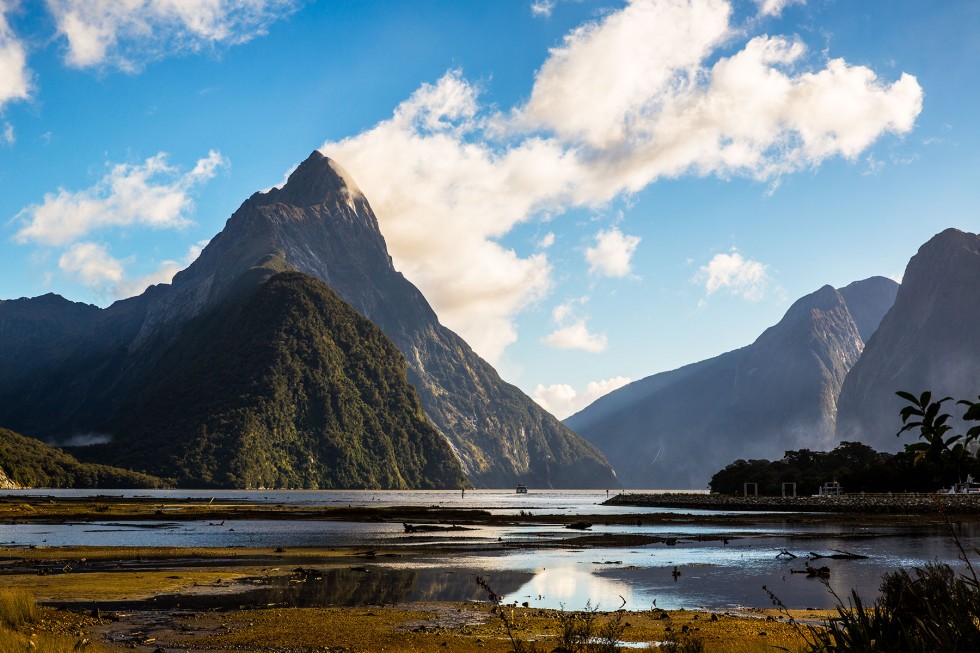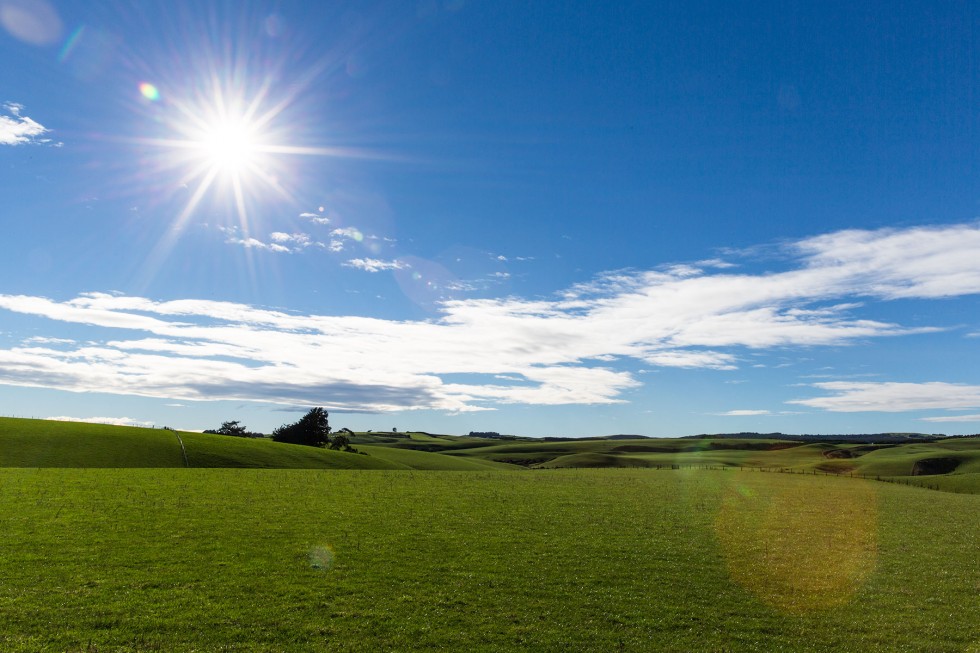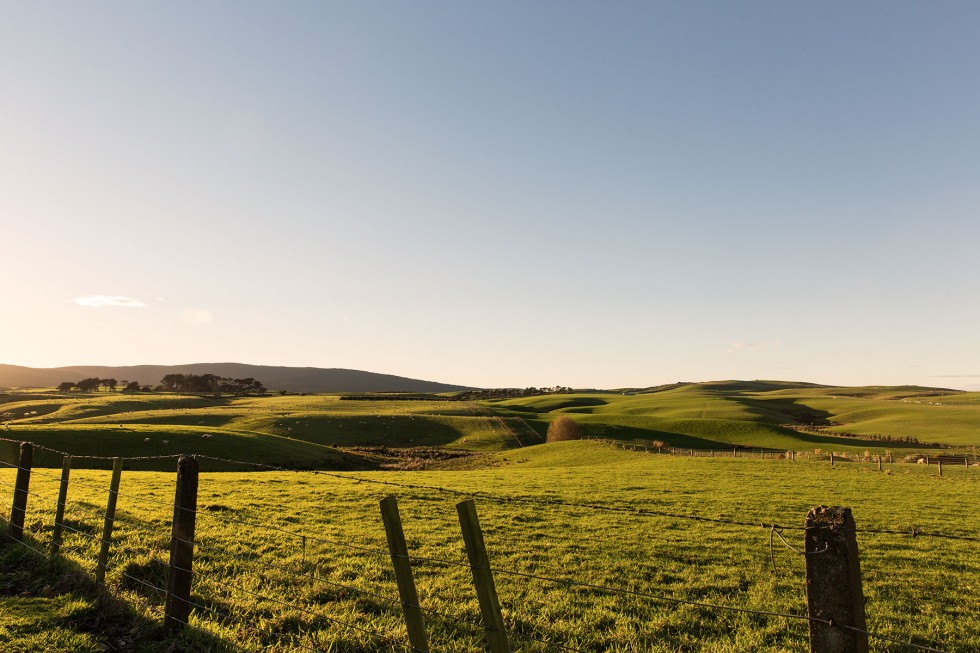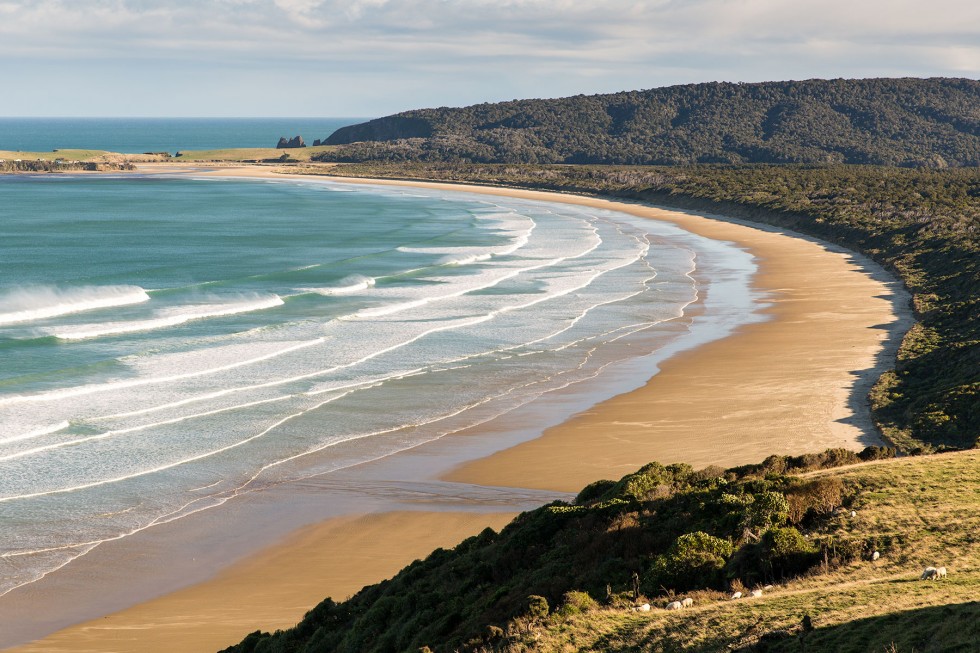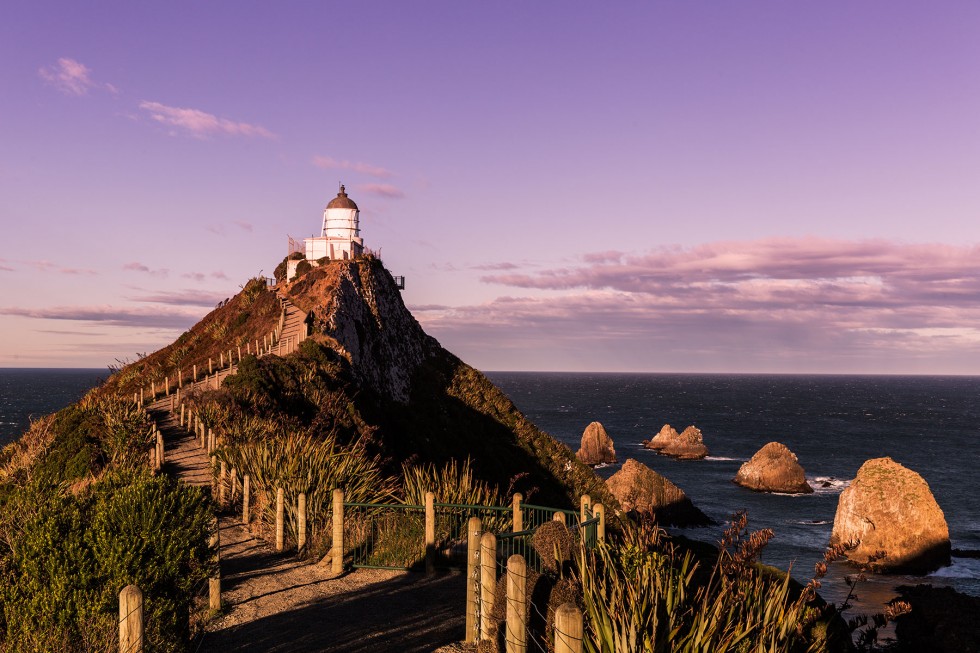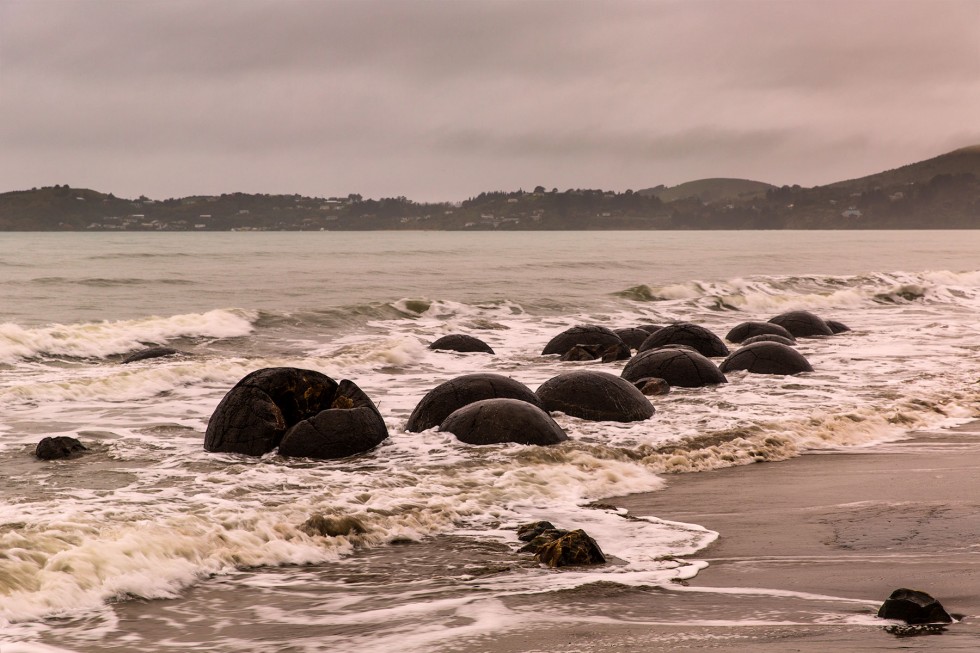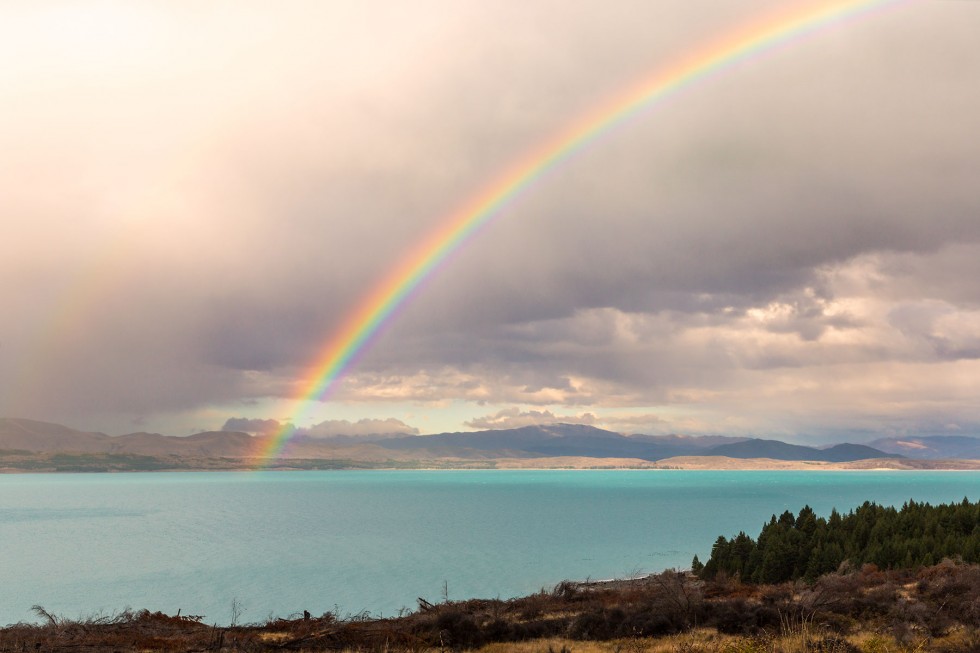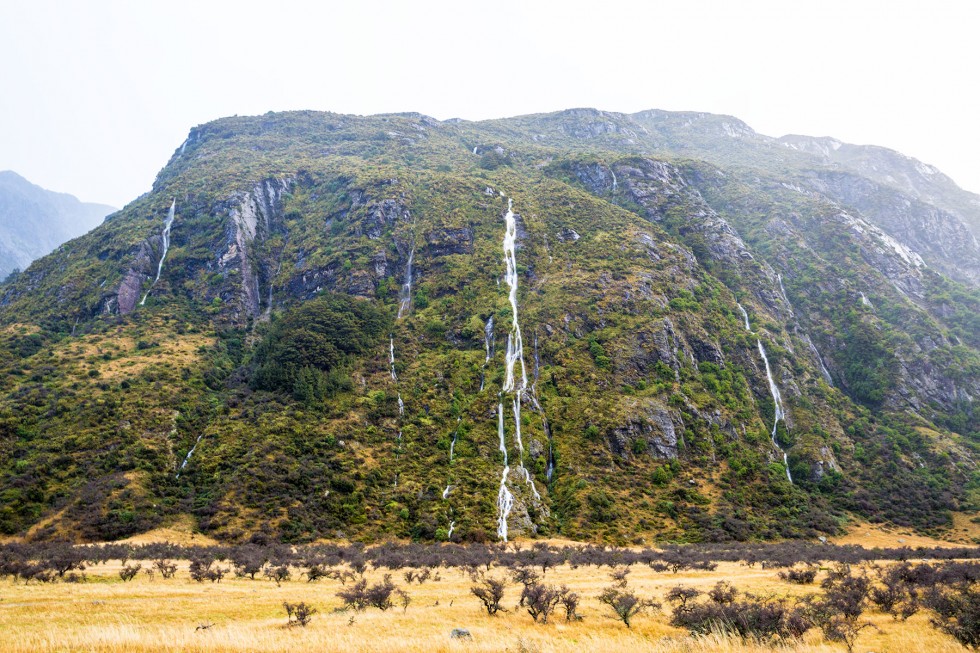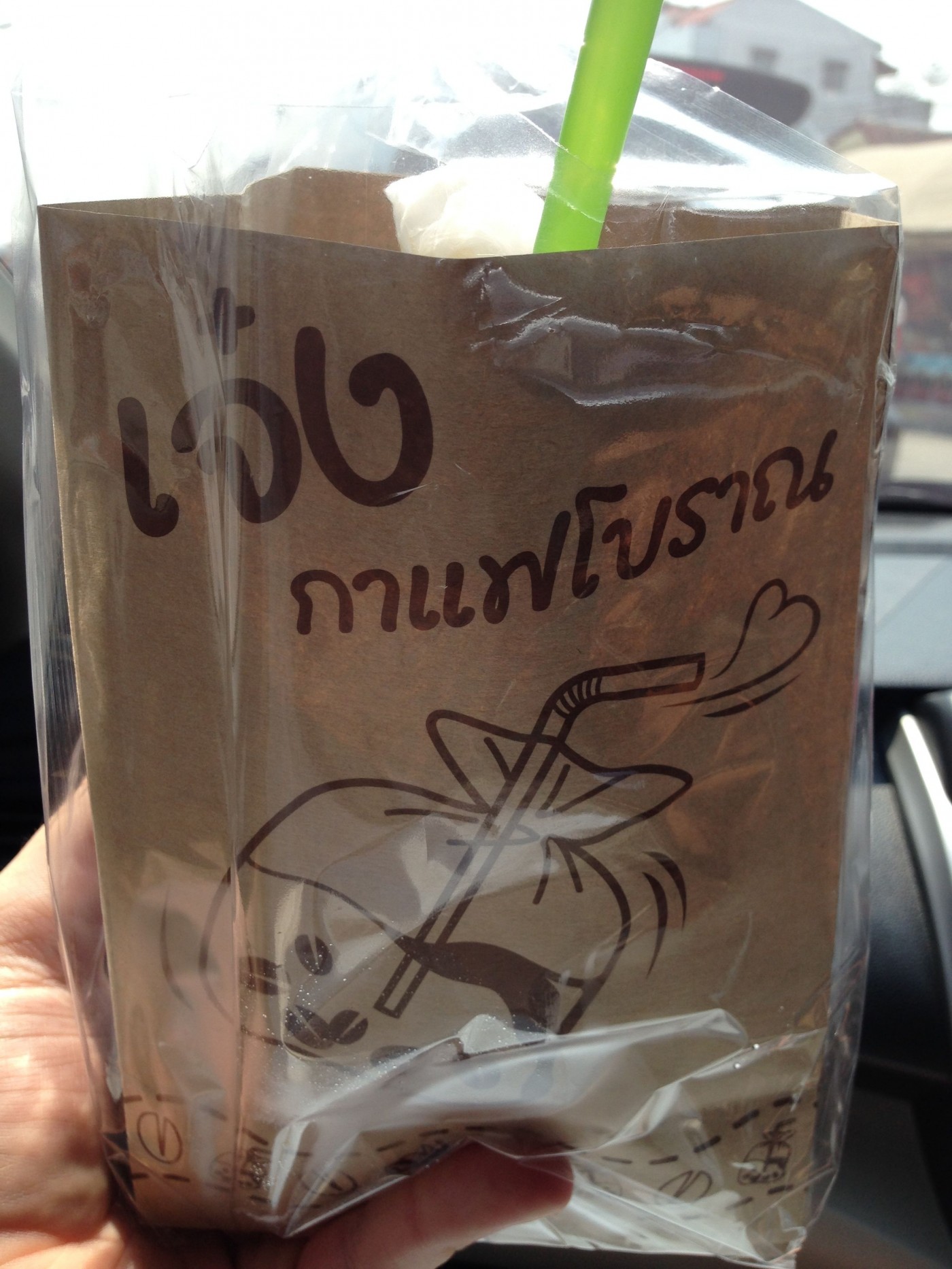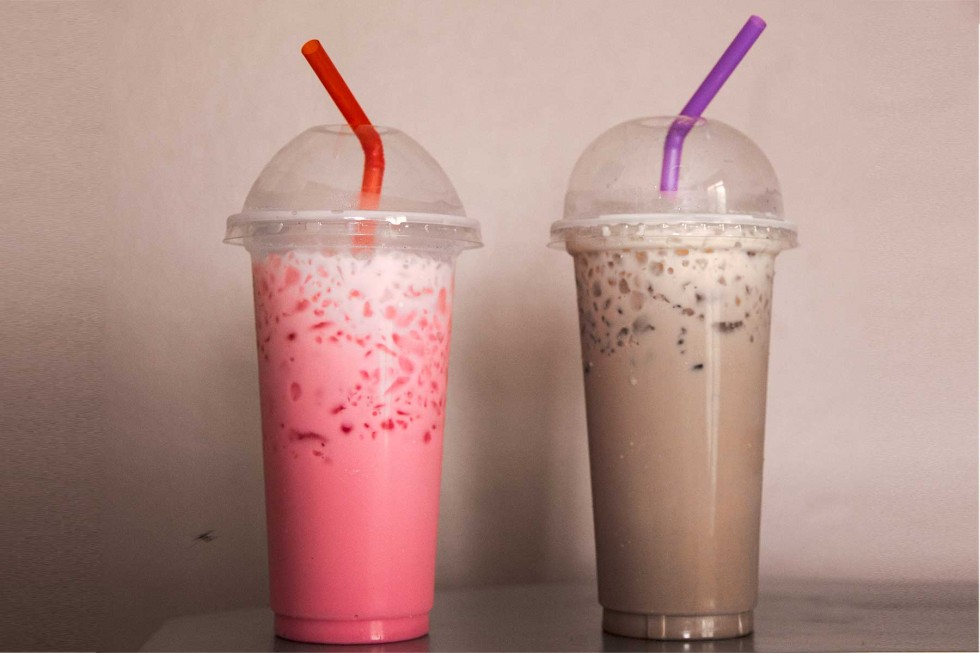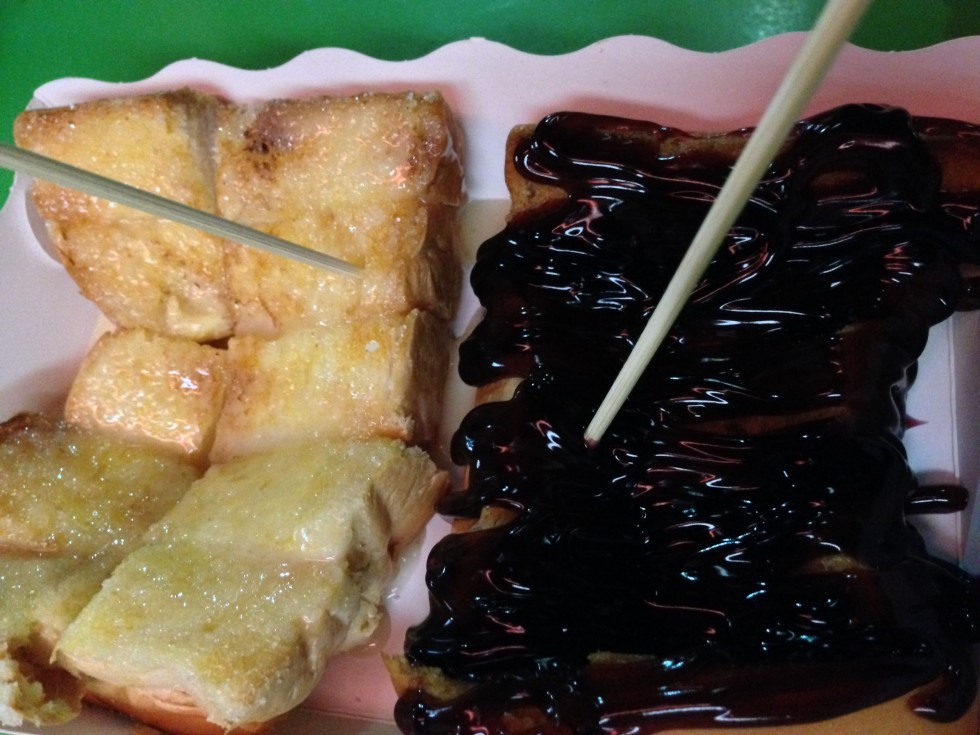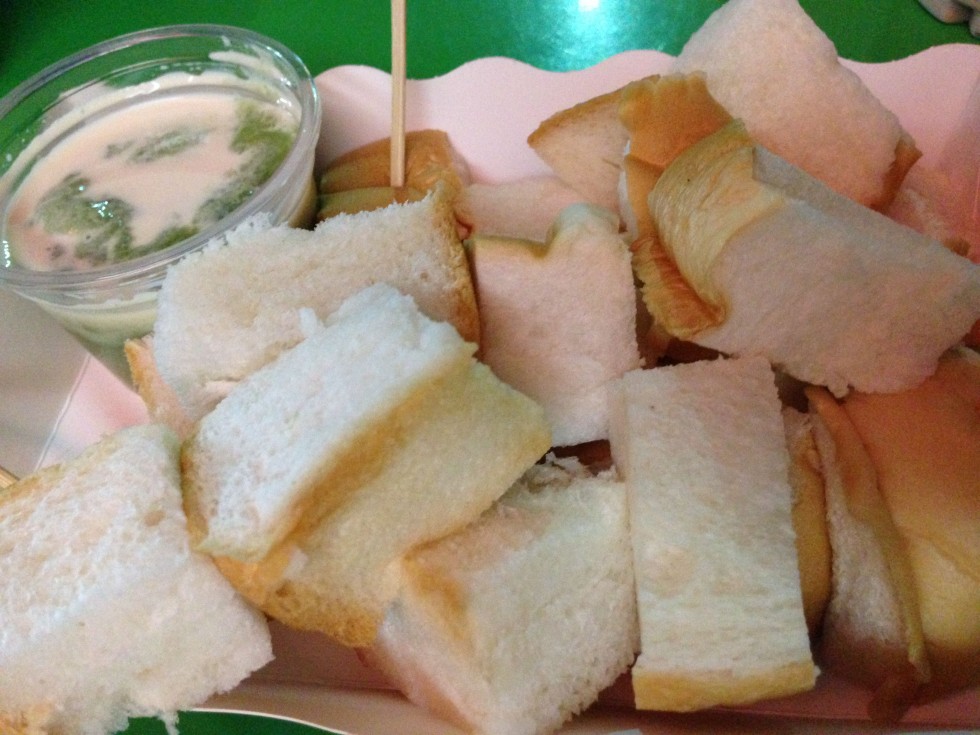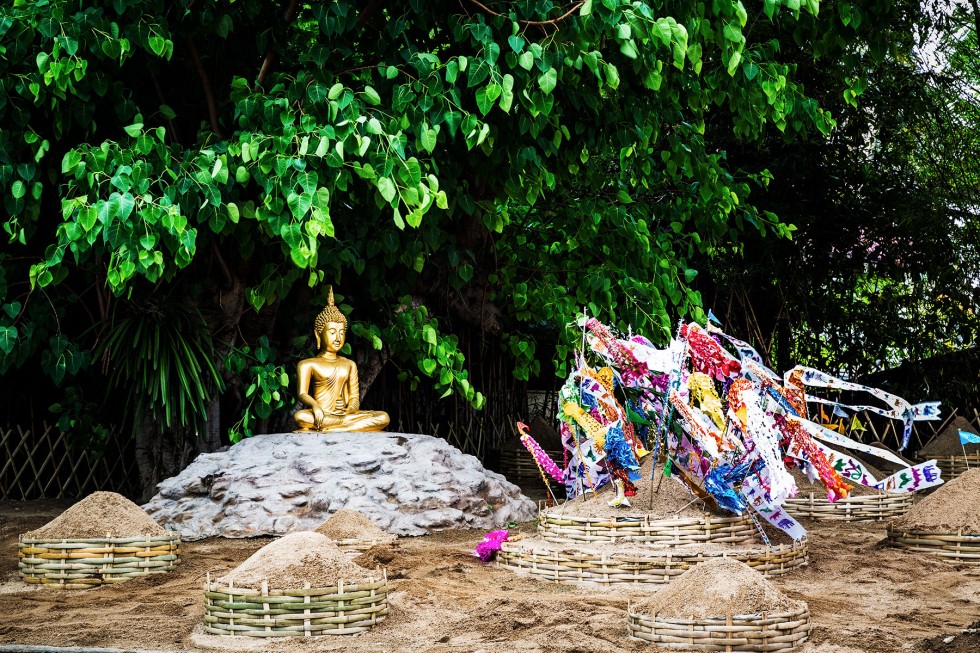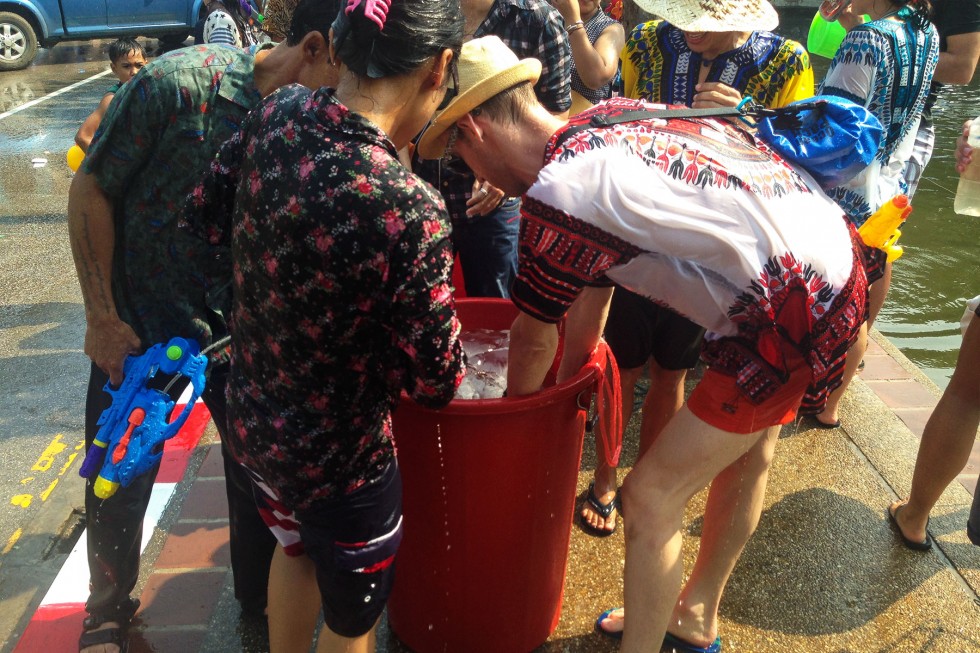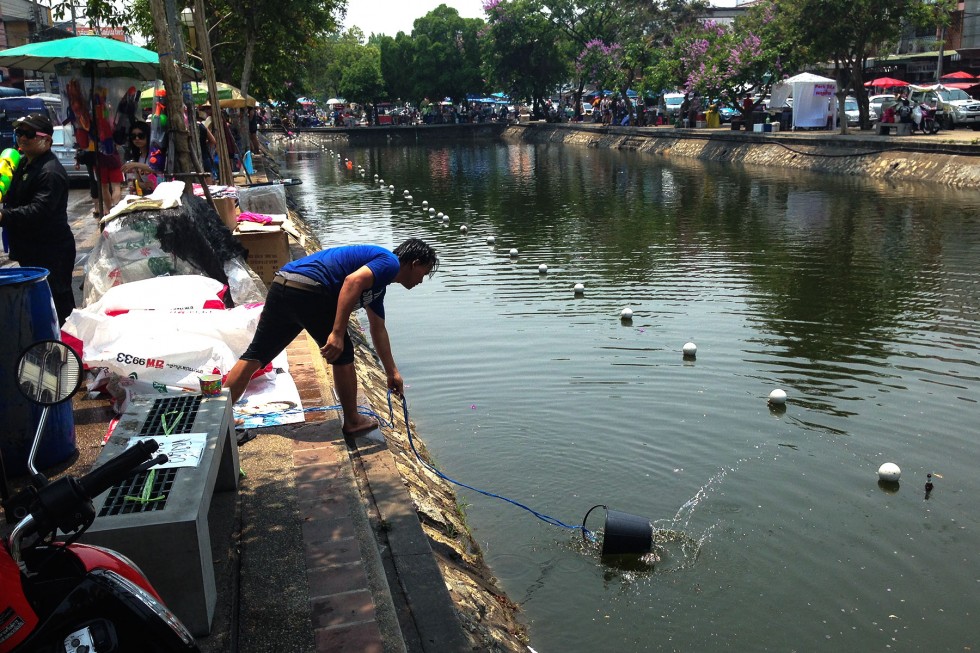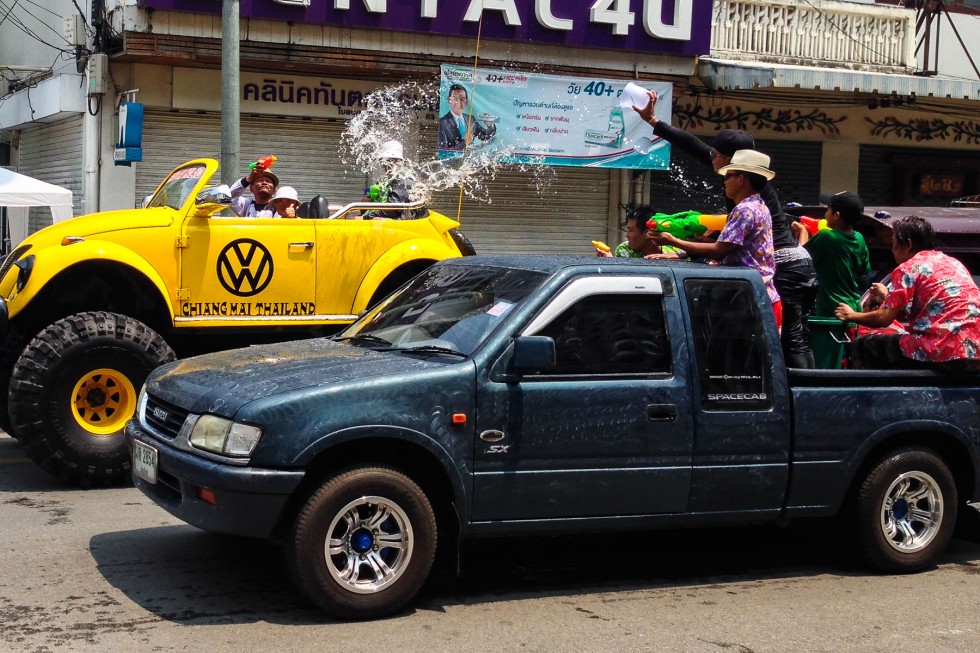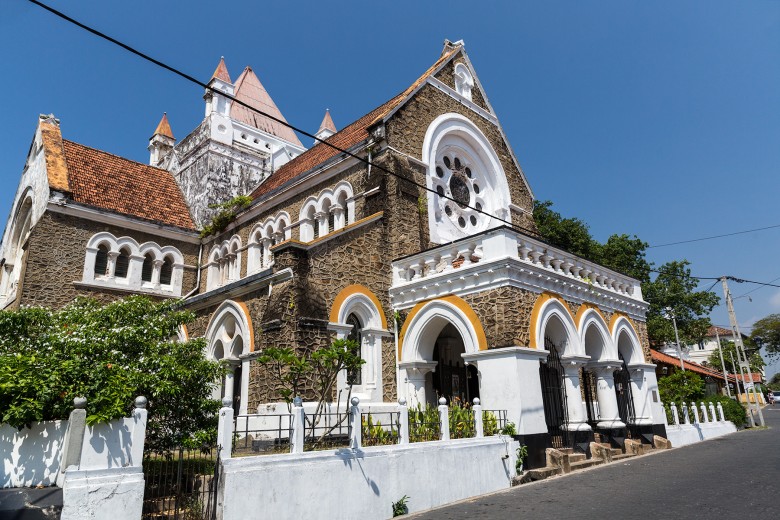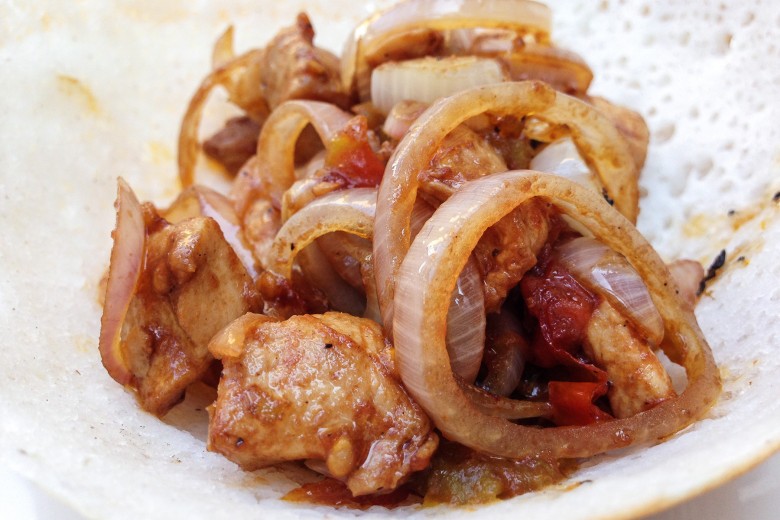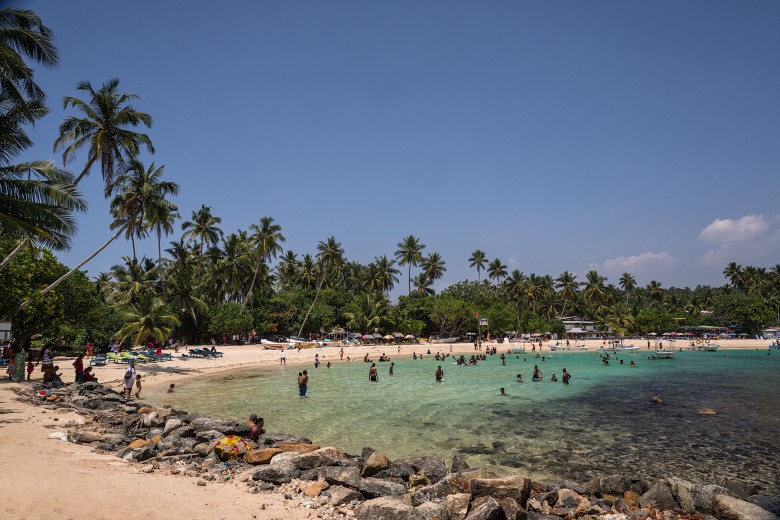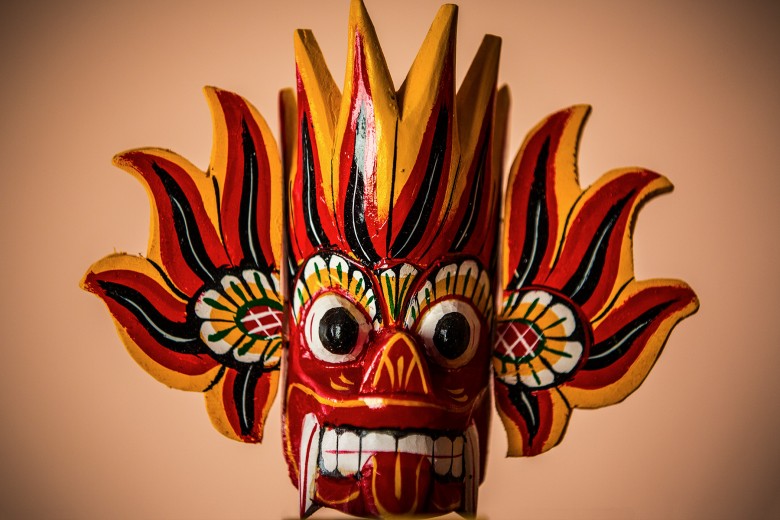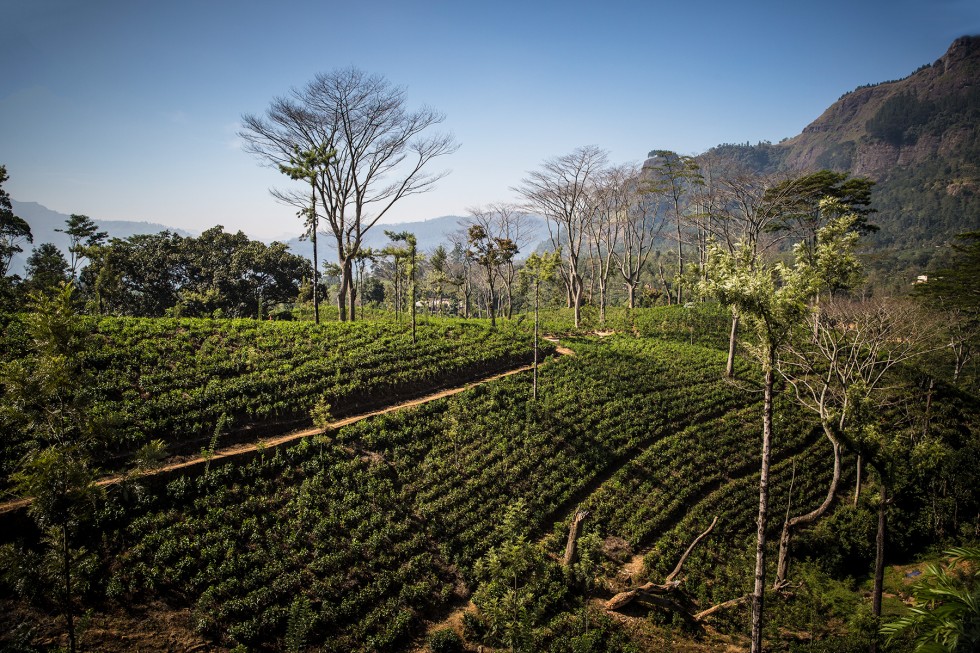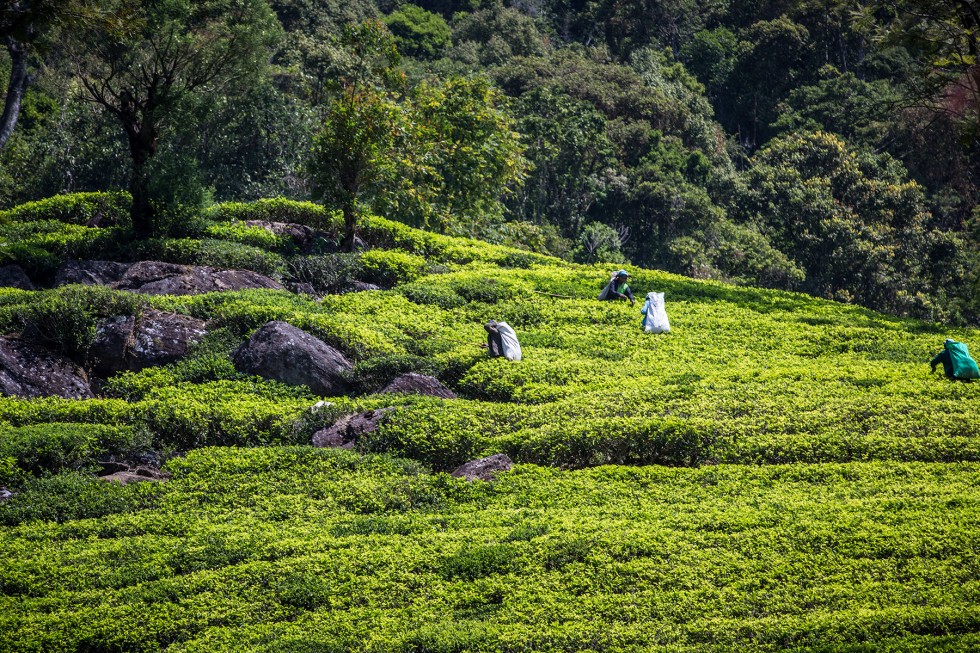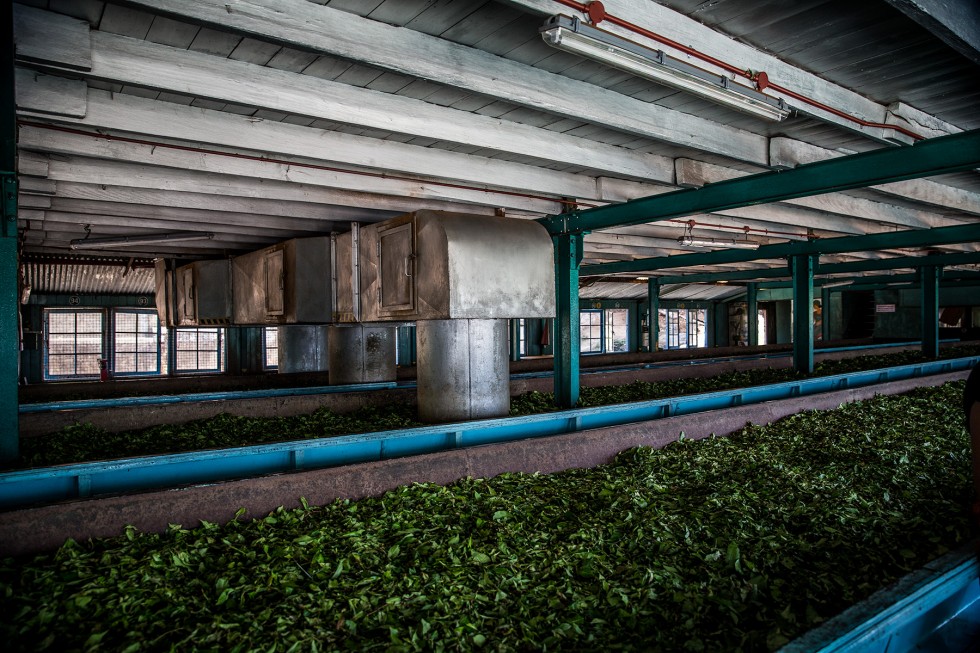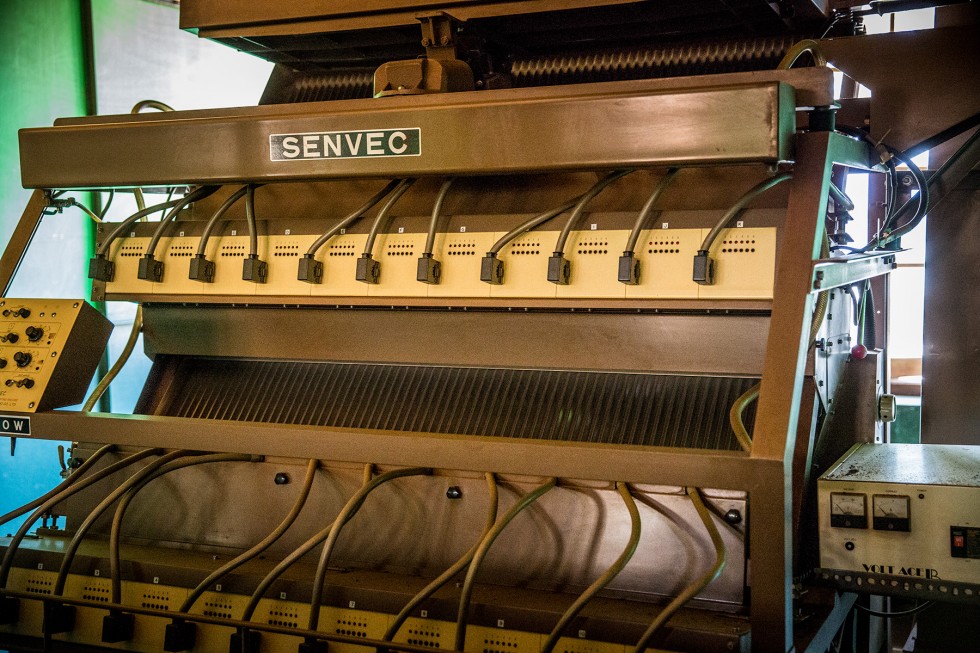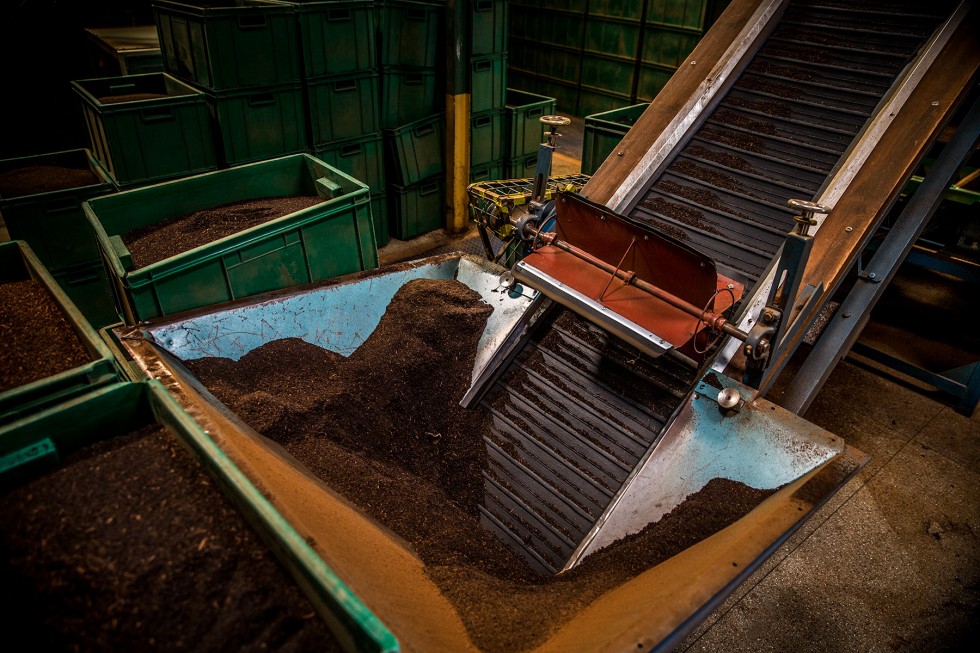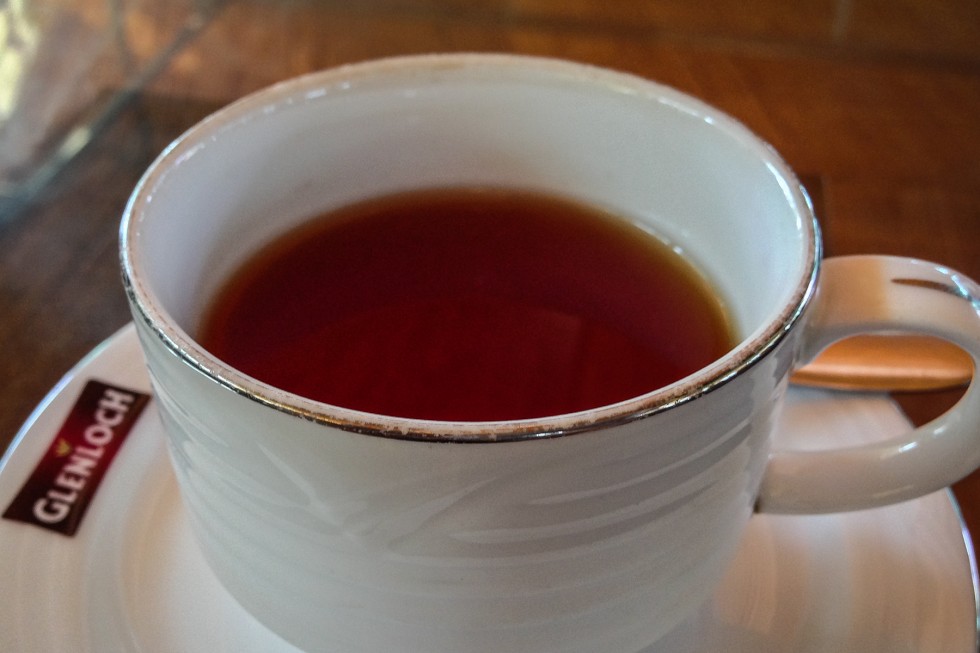I wasn’t a very big fan of New Zealand as my last couple posts probably made clear. Sure, it is a beautiful place but the ridiculous cost and distance make make it very hard to justify a visit when you can get the same beauty for so much less effort and cost elsewhere in the world. I also found New Zealand to be a bit of a backwater. I made the comment on Facebook that New Zealand was a very expensive third world country. People jumped all over me for that, though I still maintain it is true.
People think every place has its own unique charms and you just need to find them. If you don’t, then it is your fault. It is not possible for a place to be unappealing. So, as a traveler you are never supposed to not like a place you visit. While every place is unique, it is foolish to think every place is wonderful and charming. It is not reasonable to expect everyone to love a place just because you did. Besides, I don’t hate New Zealand (or even dislike it, really), I just don’t find it to be as special and spectacular as other people. Just because I am not overly enamored with it doesn’t mean you won’t be.
While New Zealand is certainly a modern country, it is has many elements that remind me of a third world country. People peed on the side of the road a lot, roads were old and small, internet was super slow and super expensive (not to mention almost non-existent in many places), and most places just felt really old and not in a good way. Of course, you can find a mixture of first world and third world everywhere (just visit the Midwest in the United States if you want to experience the third world smack in the middle of the first world). Nonetheless, the general feel of New Zealand was that of a country quite a bit behind the times.
There are a lot of reasons given for why New Zealand is this way and to be honest, I don’t really care. I was making a personal observation, not judging. People can be offended all they want. That really isn’t my problem. Perhaps one of the reasons people found my observation so harsh is that they have this expectation that developed countries like New Zealand are supposed to be “better” than third world countries. They often aren’t. The term “third world” and “developing” and “developed” are wildly inaccurate and don’t really capture reality. Most places are a mix of developed and developing. I certainly saw that in New Zealand.
With all of that said, here are some funny photos of New Zealand. Not all of these things are unique to New Zealand—I am sure Wisconsin celebrates the cow too—but they are still amusing. (I spared your photos of people peeing on the side of the road. You’re welcome.)
